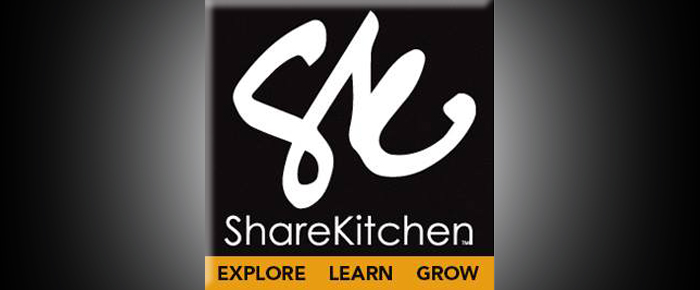
Ringing in the New Year with Champagne is as common as turkey at Thanksgiving or roses and chocolates for Valentine’s Day, let’s take a look at all of the variations of this bubbly beverage.
Champagne is a sparkling wine that comes from only the Champagne region of France. Any other sparkling wine from France is known as Crement. If the sparkling wine comes from Spain, it is referred to as Cava while Italy calls it Prosecco or Moscato d’Asti. Other regions that produce exceptional sparkling wines include Australia, New Zealand and the United States.
Sparkling wines are made of a blend of Chardonnay, Pinot Noir and Pinot Meunier. The bubbles come from the second fermentation where the winemaker adds a little yeast and sugar which converts into alcohol and carbon dioxide. The reason that the cork pops is because of this second fermentation creating approximately 80 pounds of pressure per square inch in each bottle. A sparkling wine made according to the Champagne Method has its second fermentation in the bottle. Otherwise, it is made according to the Charmat Method.
Sparkling wines are classified as Extra Brut, Brut, Extra Dry or Demi-Sec. Extra Brut has the lowest sugar content and is therefore the driest. Brut is the second driest and most commonly consumed sparkling wine. Demi-sec is the sweetest and is best served with fruit or dessert.
If you see an ‘NV’ on the label, the sparkling wine was created from the grapes of one vintage year while non-vintage sparkling wines are created from wines made over various years.
To increase clarity, most winemakers use animal products like egg whites, gelatin and fish bladders. Additionally, most sparkling wine is gluten-free.
As you ring out the old and ring in the new, celebrate responsibly while remembering to serve your bubbly at 40-50 degrees.












































